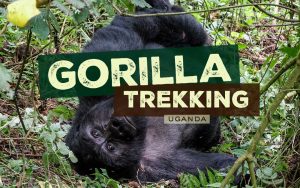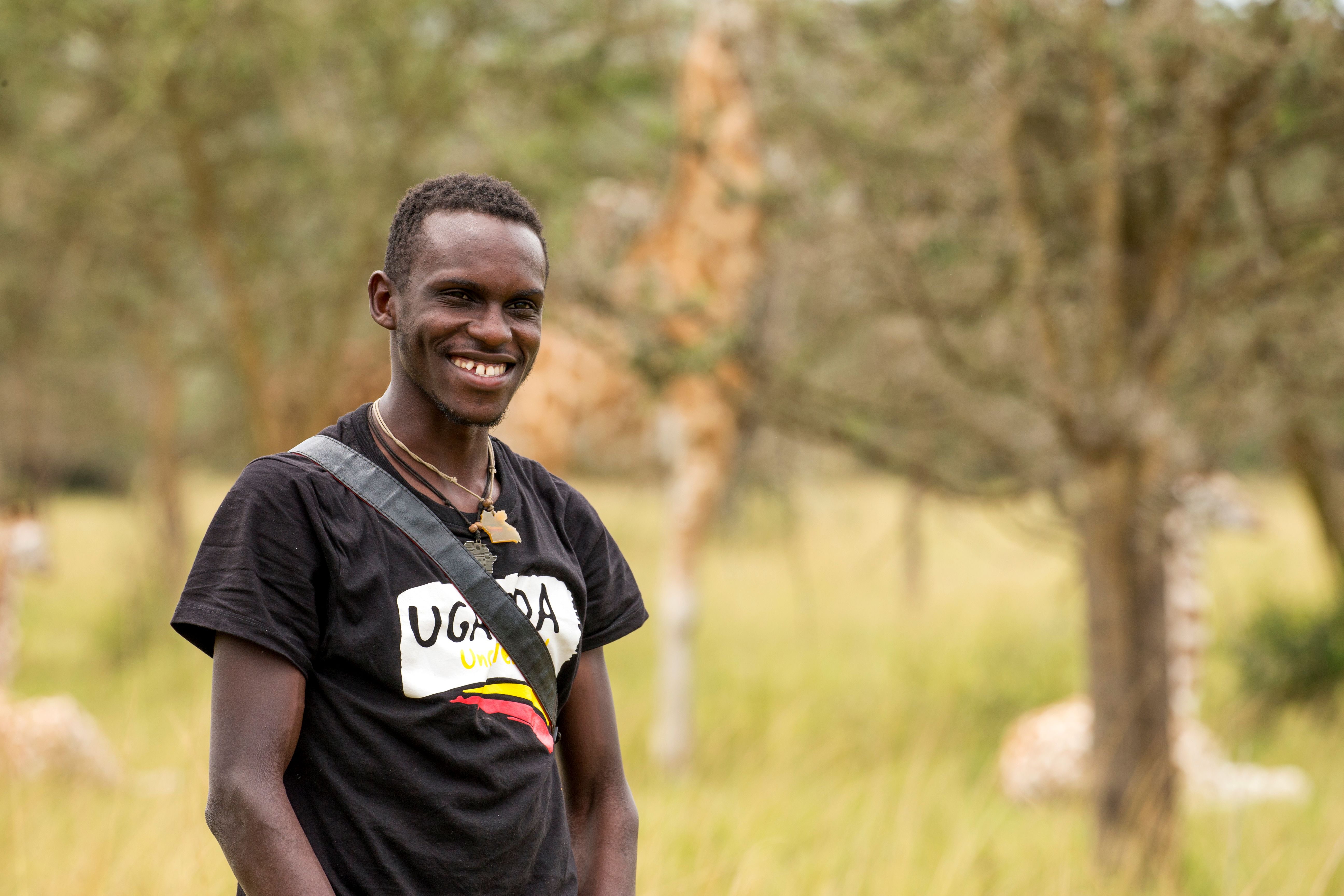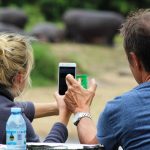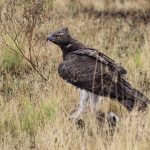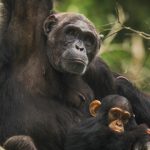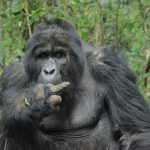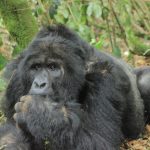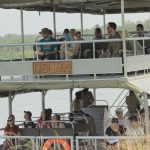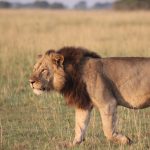GORILLAS & OTHER WILDLIFE
Gorillas
Most gorilla safaris will take you to see mountain gorillas, found in two locations: the Virunga Mountains, a range of extinct volcanoes that border the Democratic Republic of the Congo, Rwanda and Uganda; and Bwindi Forest, in Uganda.
There are, however, four species of gorilla. The eastern lowland gorilla is the largest of all, but with desperately dwindling populations. They reside in the tropical rainforests of the Congo Basin, but years of civil unrest have reduced their habitats drastically. Calmer times bode well for tourism but it is still early days; you can track habituated groups in DRC’s Kahuzi-Biega National Park.
The denser and more remote the better, in terms of rainforest habitat for the western lowland gorilla, with widespread populations across the Central African Republic, Equatorial Guinea, Gabon, the Republic of Congo, DRC and Cameroon, although their numbers are also in serious decline. Finally, the Cross River gorilla is indigenous to Cameroon and Nigeria, where deforestation has been a major threat to their populations.
Chimpanzees
Chimpanzee tracking is not only fascinating but a lot of fun. Kyambura Gorge in Uganda’s Queen Elizabeth National Park is a leading habitat, along with the Kibale Forest, and you will feel like a child on an adventure again chasing these chaps. You can spend up to an hour in their presence, and permits cost US $50 to $150, depending on where you track them. You can also take a chimp safari in DRC’s Virunga National Park.
Golden Monkeys
Volcanoes National Park in Rwanda and Mgahinga National Park in Uganda are great spots for these primates, named after the golden patch on their backs. This is because of the prolific highland bamboo forest in these regions, which is the staple diet of the golden monkeys. They are particularly prolific in the rainy season, as they enjoy eating the young fresh bamboo that erupts during this time. They sleep surrounded by their food, at the top of bamboo plants, which they weave together to create a bed. It is important to support the conservation of these animals as they are on the IUCN Red List for endangered animals, caused by illegal deforestation of the bamboo forest, much of which is linked to the recent war in DRC, home to part of the Virunga volcanic range.
Tree climbing lions
The Ishasha plains of Queen Elizabeth National Park in Uganda are very well known for their tree climbing lions, which are particularly fond of Ishasha’s fig trees. Curiously, there are only two populations of lions that do this as part of their daily activity; the other one is found in Lake Manyara National Park in southern Tanzania.
